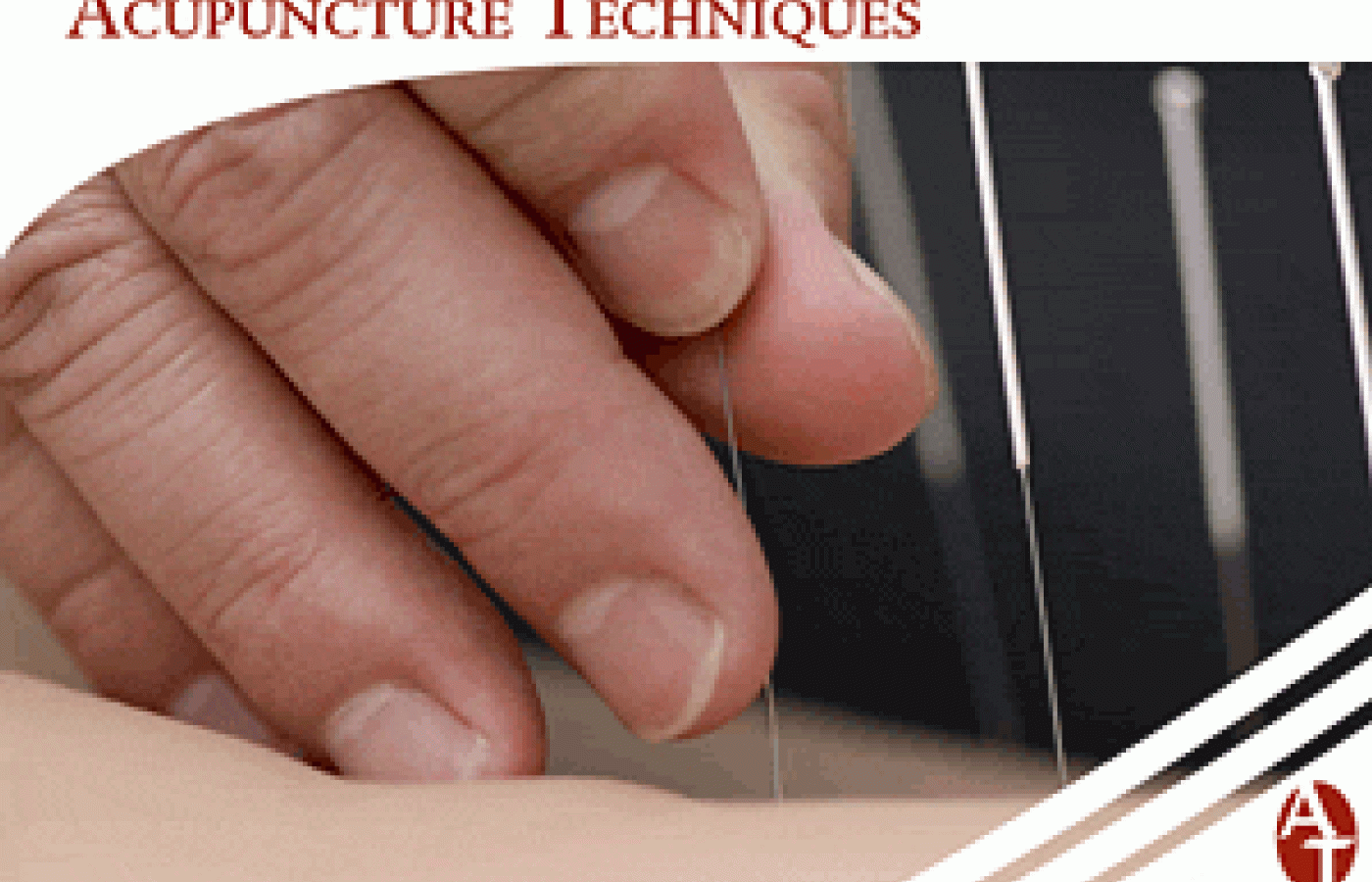Whether you accept it, avoid it or live somewhere in between, insurance coverage has become a defining issue for our profession. Patients increasingly expect to use their benefits, practitioners want to be compensated fairly for their time and expertise, and the system itself remains – at best – fragmented. The encouraging news is that coverage has expanded in meaningful ways. The challenging news is that reimbursement, across the board, remains inadequate.
Protocol to Lower High Blood Sedimentation Rate
In Western medicine, there is a lab test called the blood sedimentation rate (BSR) that measures how quickly red blood cells settle in a test tube in one hour. The more cells that fall to the bottom, the higher the sed rate. When inflammation is present, certain proteins cause the red blood cells to clump together and descend more rapidly than normal. These proteins are created by the liver and the immune system in response to certain types of infection, autoimmune diseases and cancer.
A Five-Element protocol in Eastern medicine comes from the late Dr. JD van Buren, and is quite simple. In women, sedate Spleen 3. For men needle Large Intestine 4 and Ren Mai 24. Dr. van Buren taught that women are treated according to the vertical or creative axis, while men are treated according to the horizontal axis. This concept of axis is really just the Five Elements. Instead of the neat circular diagram that we learned as students, we just arrange the elements/transformations in the original order. Thus we have Fire at the top and Water at the bottom and Earth in the center. This is the vertical or creative axis and belongs to women. It is considered "creative" because of the philosophy of the trigrams. The horizontal axis is comprised of Wood and Metal with Earth in the center, and is the receptive axis.

Spleen 3 is the Yu Yuan point and corresponds to Earth/Humidity. It receives the Luo transverse meridian from Stomach 40. It produces moisture in the mouth and can be used for shock, damp and damp heat. According to van Buren, it is used for shock/heart because it activates the Bundle of His which corresponds to the Earth or center of the heart. Large Intestine 4 is also a Yuan point which receives the Luo transverse meridian of the lungs (Metal belongs to men). It is the main point for face and mouth, and moves stuckness around the mouth. It can increase kidney yin, get the lungs moving, and is the Great Eliminator. Ren Mai 24 sends a vessel to contour the lips and gums and unites with Du Mai at Du Mai 28 and with Yang Ming at Stomach 1. It is also used for emotional states, as is LI4. In addition, it has an association with blood.
All three points are associated with blood. Spleen is the paired organ of the stomach. Spleen 3 receives the Luo transverse meridian from Stomach 40. Large Intestine is hand Yang Ming to Stomach Foot Yang Ming, comprising the Yang Ming division. Ren Mai 24 unites with Yang Ming at Stomach 1. The stomach makes blood, so it is logical that by needling these points, blood will be affected.
I like to use this protocol as ancillary treatment. I determine the patient's strengths and weaknesses using Stems and Branches, as taught by Dr. van Buren. By the time I complete this assessment, I know what the patient will present with and what direction I will be taking. The patient and I review the health history form. I listen to the patient's pulses for corroboration of my findings and adjust my treatment plan accordingly. Treatment proceeds by utilizing the patient's strengths to correct weaknesses. Herbs, diet and lifestyle changes are gently suggested. Massage and movement therapy are incorporated as well. I never use this protocol as a stand-alone treatment. The patient must have a certain degree of better health for this treatment to work at an optimal level.
My personal experience with this protocol came in the early summer of 1990. I had just relocated to Palm Bay, Fla. My clinic had been open since Chinese New Year and appeared to be doing well. The wife of one of my regular patients came in with lupus which she had for many years. She asked if I had any experience with lupus, and I told her that I treat patients and not diseases and that I treat according to the findings of her pulse diagnosis. She brought along all of her Western medicine test results, which I carefully read. She told me that she saw her doctor every few months and she had blood tests taken before her visit. Her blood sed rate was elevated.
We proceeded with treatment for several months. A few weeks before her blood work, I used Spleen 3 sedated. Lo and behold, the sed rate lowered. We continued to do this through the years. Her sed rate always improved. One time, however, she felt very well but the sed rate was the same. After reviewing my notes, I realized that the point had been needled but not sedated. Therefore, sedation of this point is critical. In men, needling of the two points LI 4 and Ren Mai 24 is sufficient.
It is interesting to note that the BSR test is used in Western medicine to not only indicate the presence or progression of the disease, but also to indicate if the treatment is working. In our case, it was a happy confirmation that our treatments were indeed working.



